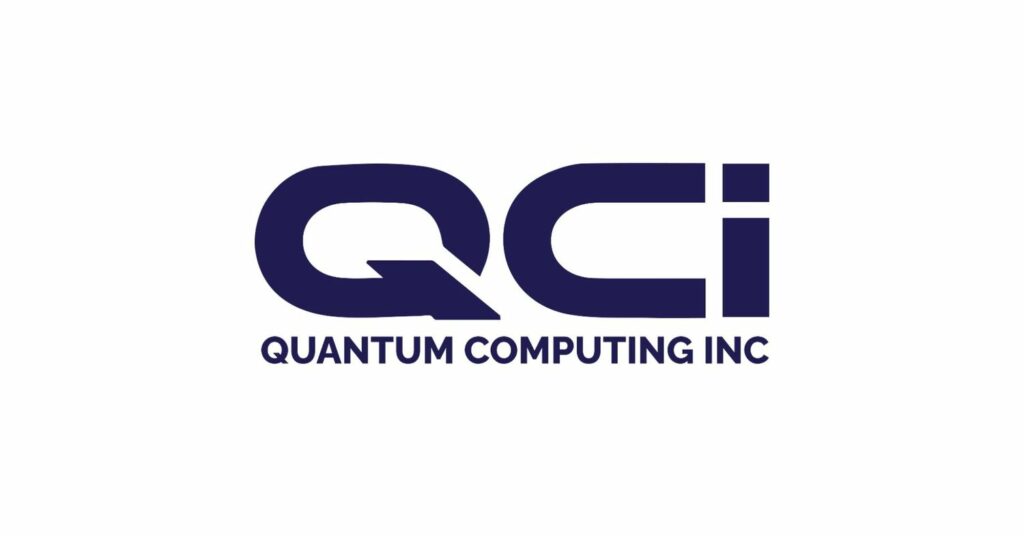Insider Brief
- The team’s new approach avoids starting with pre-entangled pairs or performing Bell-state measurements, relying instead on the indistinguishability of photon paths.
- An AI tool called PyTheus, originally tasked with reproducing established entanglement-swapping protocols, unexpectedly revealed a simpler method to entangle independent photons.
- This discovery reduces complexity in quantum networks and challenges long-held assumptions about what is required to generate entanglement at a distance.
Physicists have discovered a simpler way to create quantum entanglement between two distant photons — without starting with entanglement, without resorting to Bell-state measurements, and even without detecting all ancillary photons — an advance that challenges long-held assumptions in quantum networking.
And all it took was a friendly nudge from an artificial intelligence tool.
An international team of scientists led by researchers from Nanjing University and the Max Planck Institute for the Science of Light described their method in Physical Review Letters — accessed for this article through arXiv — that demonstrated entanglement can emerge from the indistinguishability of photon paths alone. Instead of relying on standard procedures that start from prepared entangled pairs and complex joint measurements, their technique leverages a basic quantum principle: when multiple photons could have come from several possible sources, erasing the clues to their origins can produce entanglement where none existed before.

Interestingly — and perhaps even more importantly — this unexpected advance stems from the use of an artificial intelligence tool called PyTheus, initially relied on to rediscover a workhorse protocol in quantum communications known as entanglement swapping. Instead, the algorithm turned up something simpler. According to Mario Krenn, a research group leader of the Artificial Scientist Lab at the Max Planck Institute for the Science of Light, the solution the AI delivered seemed too straightforward at first.
“We discovered this idea coincidentally while applying PyTheus to quantum protocols,” Krenn wrote on X. “As a first task, we aimed to rediscover entanglement swapping, one of the most crucial protocols in quantum networks. Curiously, the algorithm kept producing something else — something simpler — which we initially thought was incorrect.”
According to the paper, entanglement swapping typically requires starting with two separate entangled pairs and performing a special joint measurement — called a Bell-state measurement — on one photon from each pair. This collapses the system, leaving the two other photons entangled even though they never interacted directly. It has been a cornerstone of quantum network design for decades. But in their new work, Krenn and his colleagues show there are other ways to achieve a similar end result without this chain of prerequisites.
By making all possible paths of photon generation identical, the team’s scheme generates entanglement purely through the quantum uncertainty about origins. Overlooked for more than 25 years, Krenn writes that this simpler approach cuts away complexity. Instead of meticulously preparing entanglement and then using a Bell-state projection to distribute it, the method uses a superposition of different generation events to yield the same effect. This contrasts sharply with decades of conventional wisdom about what’s “required” to create entanglement at a distance.
“For me, this changed my perspective on what is necessary to create entanglement—not because I now know what is necessary, but because we’ve realized what is not,” Krenn wrote in the social media point.
Experimentally Sound, Philosophically Intriguing
The PyTheus algorithm, according to Krenn, was tasked with re-deriving established protocols like entanglement swapping. Instead, it kept serving up a configuration that demanded less overhead. In classical logic, less resource-intensive often means inferior. But here, the surprising solution turned out to be experimentally sound and philosophically intriguing. Rather than using established building blocks like Bell-state measurements, the new approach exploits indistinguishable photon origins to tie together distant particles. It even allows for scenarios in which not all ancillary photons need to be detected, suggesting that resource requirements in future quantum networks might be lowered.
In the researchers’ experiment, no prior entanglement source or measurement apparatus was required. By adjusting the photon sources and ensuring their outputs are indistinguishable, they created conditions where detecting photons at certain paths guaranteed that two others — never directly interacting — emerged entangled. This approach could simplify the construction of quantum links between distant locations and reduce the complexity of multi-node quantum networks, making them more scalable and potentially more practical.
Such a discovery could have implications for quantum communication and information processing. Quantum networks, aimed at enabling secure message transmission and distributed quantum computing, have long leaned on well-established methods like entanglement swapping. Now, a new generation of protocols may emerge that rely on fundamental quantum principles in more direct ways.
To be sure, as with all early-stage quantum demonstrations, scaling this method to realistic network lengths and larger numbers of photons remains a challenge. Environmental noise, losses, and device imperfections still loom large. But now that a previously unrecognized mechanism for generating entanglement has come to light, quantum engineers have fresh avenues to explore.
“Conventional, AI-discovered solutions are complex and it takes ages to understand what is going on,” Krenn wrote in his post. “In this case, the solution was way simpler than we expected.”
The development underscores that as quantum technologies advance, AI-assisted discovery may be able to partner with human scientists to open up previously unimagined paths. Just as PyTheus inadvertently revealed that entanglement swapping wasn’t the only game in town, future tools may find other hidden protocols that defy conventional wisdom. By stripping away decades-old assumptions, this result prompts researchers to reconsider what truly defines entanglement generation—and what might be possible as they push quantum networks toward practical, wide-scale deployment.
Industry Implications?
Although not directly addressed in the paper, the use of AI in identifying simpler, more efficient methods of producing quantum entanglement hints at needed help for the entire quantum computing ecosystem. By moving beyond human intuition and established routines, algorithms like PyTheus can rapidly uncover new protocols that shave down complexity, reduce resource overhead, and streamline quantum experiments.
The approach, itself, could also help engineers and researchers achieve more scalable quantum networks faster, laying groundwork not just for advances in secure communication, but for broader innovations in quantum sensors, simulators, and ultimately, practical quantum computers.
For a more technical look at the experiment, please review the paper available on Physical Review Letters and on arXiv.
In addition to Krenn, the study’s authors include Kai Wang and Zhaohua Hou—who contributed equally—along with Kaiyi Qian, Leizhen Chen, Shining Zhu, and Xiao-Song Ma, all from the National Laboratory of Solid-state Microstructures, School of Physics, and the Collaborative Innovation Center of Advanced Microstructures at Nanjing University in China.













